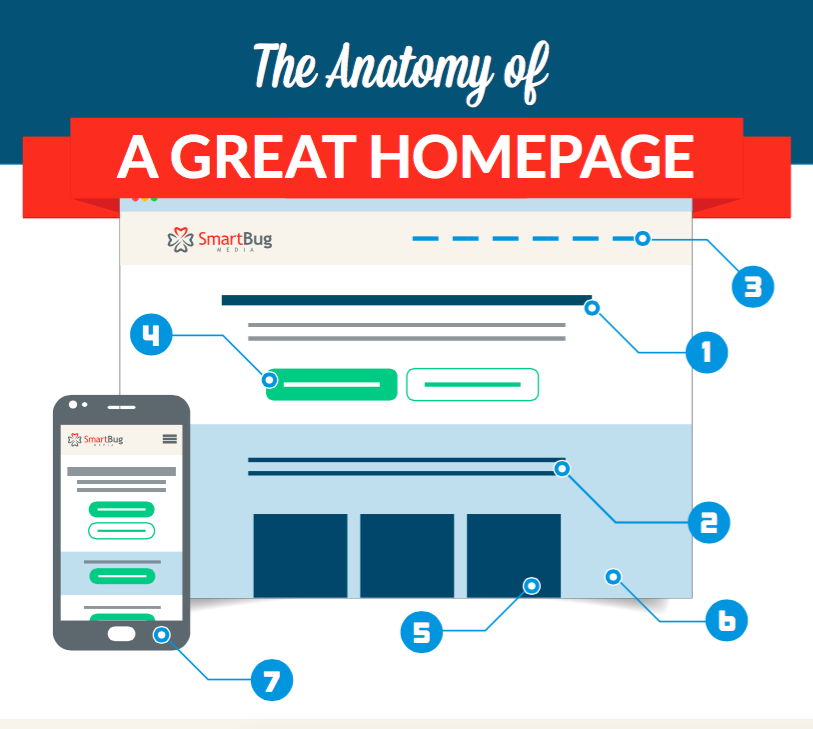In your house, there are likely several places where people can enter. These entry points include front doors, back doors, garage doors, windows, and others. However, your guests probably access your home through one point more often than all the others combined. This is similar to how the homepage of your website functions. While there are multiple entry points and pages on your site, users frequently land on your homepage first. This is why, on most websites, the homepage receives the highest traffic and the most links. Why is this the case? Typically, it’s because your homepage is the oldest URL on your site, it usually has the most direct visits, and homepages are the most promoted URL in both online and offline marketing efforts. But what role does a homepage serve?
The Purpose of Optimizing Your Homepage
Overall, the purpose of your website is to market your products or services and turn website visitors into leads and, eventually, customers. Your homepage is no different. It should be easy to navigate, easy to understand, and offers your personas information on what they are searching for. In essence, your homepage should answer the question, “Can I help you find what you’re looking for?” You want to help the visitor get from your homepage to page two, because then, they’ve expressed what they are interested in knowing more about.
Before Your Start Designing, Remember…
Clearly define goals and strategies for what you want your homepage to accomplish for your company first. These goals could include defining what your website is about and what you want the action step to be for users that visit your homepage. Be sure to associate numbers with your goals. For example, you may want to have a 45 percent click-through rate on your top-of-the-funnel call to action with a 25 percent conversion rate on the associated landing page. Without clearly defined strategies and goals, your homepage can become a jumbled mess that users bounce from quickly.
As you build your website, remember that most conversions start with the homepage. First impressions are typically made within 0-8 seconds—that’s how long you have to catch a visitor’s eye with a captivating headline and call to action. If you aren’t able to grab users’ attention within that time frame, chances are they’ll leave.
You should also recognize that most users who initially visit your website are not ready to buy, which correlates with our previous point of strategy: Have a plan to move users down the funnel, starting with your homepage.

